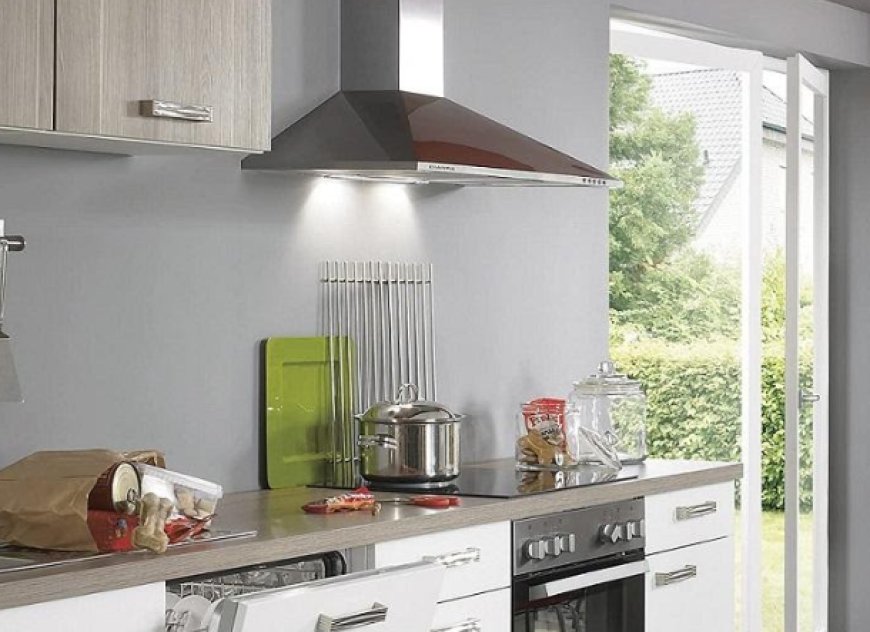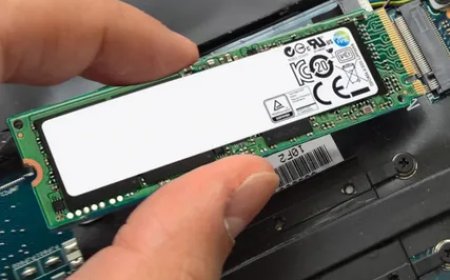Your Induction Hob Questions Answered

The world of kitchen appliances is constantly innovating, and few advancements have captured the imagination of home cooks quite like the induction hob. Yet, for many, the technology remains a bit of a mystery, shrouded in questions about its operation, practicality, and cost. This article aims to clear the air, addressing your most pressing induction hob questions to provide a comprehensive understanding of this remarkable cooking method. We'll delve into its working principle, explore its compelling advantages and potential drawbacks, clarify cookware compatibility, and offer essential tips for both use and maintenance.
Perhaps the most common question is: "How does an induction hob actually work?" Unlike traditional electric hobs that use resistive heating elements or gas hobs that rely on an open flame, an induction hob employs electromagnetic induction.1 Beneath the sleek, glass-ceramic surface of the hob are induction coils (made of copper wire).2 When the hob is switched on, an alternating electric current flows through these coils, generating a rapidly fluctuating magnetic field.3 When a piece of ferromagnetic cookware (like cast iron or certain types of stainless steel) is placed on this magnetic field, the field induces eddy currents directly within the base of the pan. The electrical resistance of the pan then converts these eddy currents into heat, and voil your food cooks.4 The hob itself remains cool to the touch, as only the pan is heated directly.5 This direct, targeted heating is the core of induction's efficiency.
Next, "What are the main benefits of an induction hob?" The advantages are numerous. Firstly, speed and energy efficiency are paramount. Because heat is generated directly in the pan, there's minimal energy wasted, leading to significantly faster boiling times and considerable energy savings compared to gas or traditional electric hobs.6 This often translates to lower utility bills.7 Secondly, safety is a huge plus. Without an open flame or glowing elements, the risk of accidental burns is drastically reduced.8 Features like automatic pan detection (the hob only heats when a compatible pan is present) and automatic shut-off further enhance safety.9 Thirdly, precision control is a standout feature. Temperature adjustments are virtually instantaneous and incredibly accurate, allowing for fine-tuned cooking, whether you're gently simmering a delicate sauce or quickly bringing a pot to a rolling boil.10 Finally, ease of cleaning is a dream. Spills don't burn onto a hot surface, making wipe-downs effortless.
Naturally, the next question often arises: "Are there any downsides to induction hobs?" Yes, there are a few disadvantages to consider. The most significant is cookware compatibility. Only ferromagnetic cookware will work. This means your beloved aluminum, copper, or glass pots and pans, unless they have an induction-compatible magnetic base, will not heat up.11 This often necessitates an initial investment in new cookware. The cost of an induction hob itself can also be higher than conventional models, although the long-term energy savings can offset this over time. Some users report a faint humming or buzzing sound during operation, particularly at higher power settings, which is a normal result of the pan's magnetic particles vibrating.12 Lastly, for individuals with pacemakers, it's generally advised to consult their doctor regarding potential interaction with the magnetic fields, although most modern pacemakers are designed with shielding.
This leads directly to: "What kind of cookware do I need for an induction hob?" This is a critical induction hob question. The simplest way to check your existing pans is to see if a magnet sticks firmly to the bottom. If it does, it's induction-compatible. Ideal materials include cast iron, enameled cast iron, and stainless steel with a magnetic base.13 Many manufacturers now clearly label their products as "induction compatible" or use a specific coiled wire symbol.14 When purchasing new cookware, ensure it's suitable for induction to guarantee optimal performance and longevity.
Another common inquiry is: "How do I use and clean an induction hob properly?" For optimal use, always try to match the size of your cookware to the size of the induction zone to maximize efficiency. Given induction's speed, it's often wise to start at a lower heat setting and gradually increase it, especially when you're new to the hob, to prevent overcooking. Utilize the precise temperature control for simmering and other delicate tasks. For cleaning, always allow the hob to cool completely. Then, simply wipe down the smooth glass-ceramic surface with a damp cloth and a mild detergent. Avoid abrasive cleaners or scourers, which can scratch the surface. For stubborn, burnt-on food, specialized ceramic hob cleaners are highly effective.
Finally, "Are induction hobs really worth the investment?" This is a personal decision, but for many, the answer is a resounding yes. While the initial cost and cookware requirements are factors, the long-term benefits in terms of energy efficiency, enhanced safety, unparalleled cooking precision, and effortless cleaning make induction hobs a highly worthwhile upgrade for the modern kitchen. They represent a significant step forward in cooking technology, offering a more responsive, safer, and ultimately more enjoyable culinary experience.15
By addressing these frequently asked induction hob questions, it's clear that this technology offers a compelling blend of innovation and practicality. As you consider your next kitchen appliance, understanding these aspects can help you make an informed decision that will transform your cooking for years to come.
































